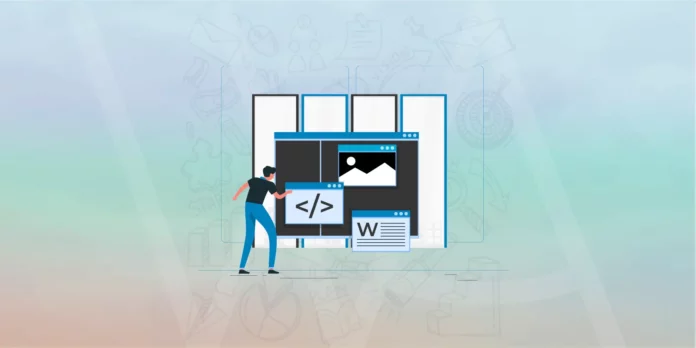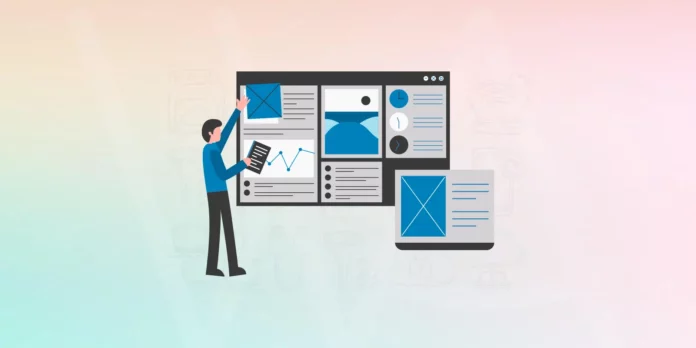A study by Ahrefs showed that 90.88% of all pages don’t get any traffic from Google Search. If your website isn’t ranking high in Google, here are a few mistakes you might be making.
Many times, they are related to keyword research, on-page SEO, and not having enough backlinks. Mastering these will help you create optimized content that will rank.
Keywords Are Too Broad + Competitive
Broad keywords are usually more competitive than specific (long-tail) phrases. They may have fewer searches, but getting on page 1 for a keyword with low volume is better than page 5 for a keyword with high volume.
Before creating an article, always Google the keyword and analyze the search results. Try to avoid competing with high authority content and instead, target low hanging fruit.
Lack Of Comprehensive Content
Brian Dean from Backlinko recommends creating content with at least 3,000 words.
Why is longer content better?
People will spend more time on the page, and it is more useful (which means more people will link to and share the article). Consider adding an HTML table of contents to longer posts. This allows people to link to specific sections in the article, and of course, keeps your article organized.
Low Click-Through Rates
Check your performance report in Google Search Console to see which pages have low click-through rates. Considering rewriting your title tag and meta description to be more enticing to click on. Adding the article’s publish date to snippets can also increase click-through rates by making your content look fresh. Be sure to keep the article updated since the publish date will refresh any time you update the post. This keeps your content looking new.
Poor Website Design
When it comes to website design, the more simple, the better. Many people get caught up in the hype of having a functional website, and along the way, they lose the overall look and feel that attracts and converts customers.
Here are a few tips to spruce up your website:
- White space is good space
- Keep content above the fold attractive with more pictures than text
- Be mobile-friendly
- Fix 404 errors
- Have consistent color schemes throughout
- Minimize pop-ups
- Internally links should drive traffic to other pages on your site
- Quality photos are imperative ( Preferably with People in them)
- Include social media buttons
Keyword Stuffing
Stuffing keywords makes your content look spammy, and in extreme cases, can even get you a Google penalty. Some WordPress SEO plugins put a high emphasis on keyword density, but you should be careful when adding keywords (specifically in your subheadings and content body) since they can make your article look spammy. There is no perfect keyword density, but 2-5 times is a good rule of thumb.
The most important places to use your keyword are the title tag, meta description, permalink, post title, and in the first couple sentences of the post.
Slow Load Times
GTmetrix is a great tool to measure load times and see recommendations to make your website faster.
Here are a few key factors of website speed:
- Hosting
- Caching
- Image optimization
- Plugin resource consumption
- Whether you’re using external scripts scripts
- Whether you’re using a content delivery network
If you’re using WordPress, here is a speed optimization guide that may help.
You Haven’t Added SSL
Google further penalized non-SSL websites back in 2018. Many hosting companies let you activate the free Let’s Encrypt SSL with 1-click, but there are other options available. If you haven’t added SSL yet, you need to make that a priority.
You Have A Google Penalty
There are two types of penalties:
- Manual action penalties
- Algorithmic penalties
Manual action penalties can be found in your Manual Action Report in Google Search Console. Algorithmic penalties require going back to Google’s algorithm updates and cross-referencing these with the time period your traffic drop. If you think you have a penalty, there are many tutorials out there that can help you recover.






